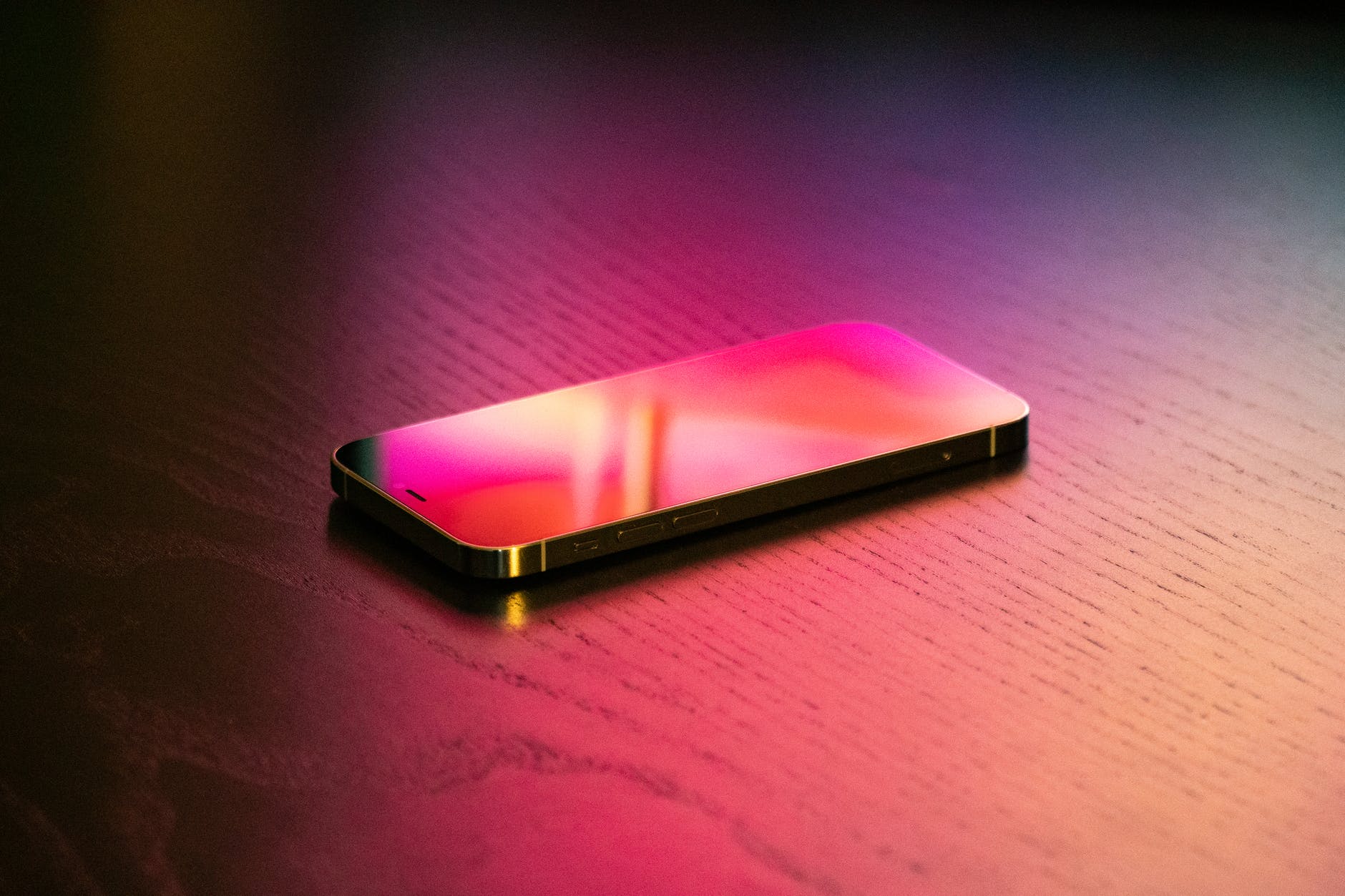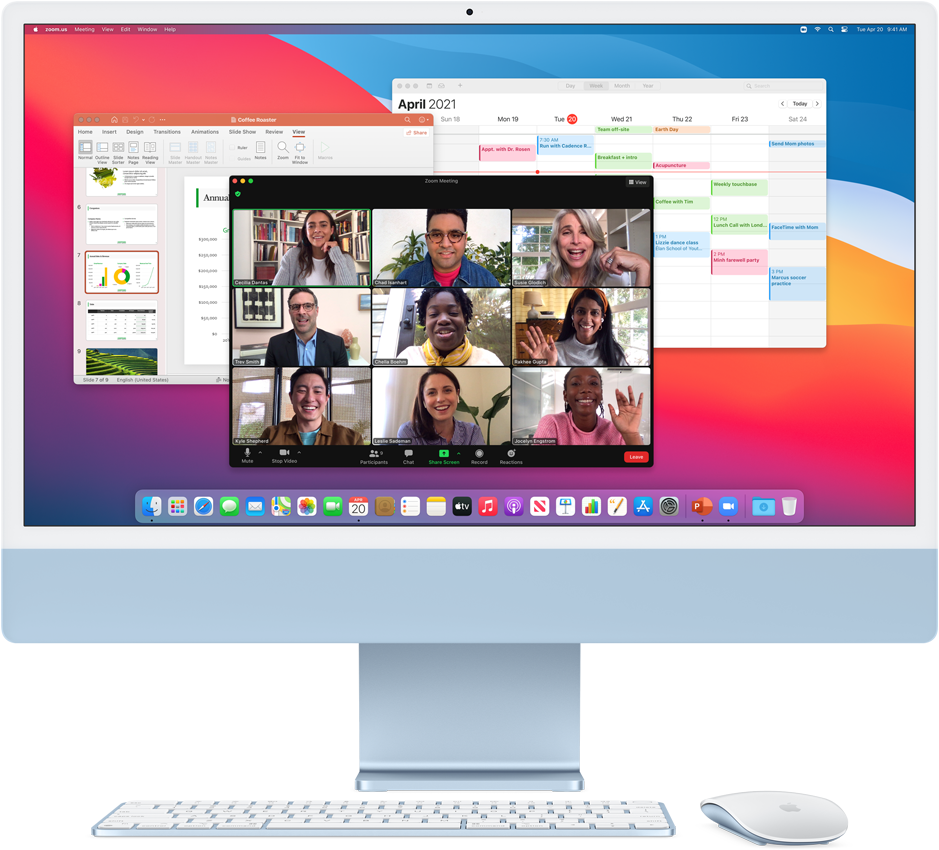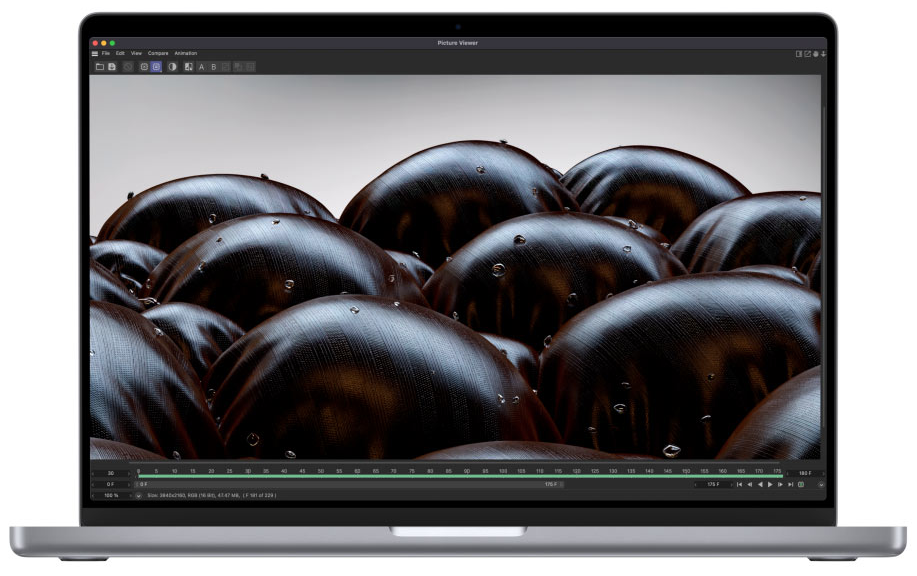I watched the livestream of the WWDC keynote this morning, which was once again an entirely prerecorded presentation. Hooray for multi-year pandemics.
The best part, by far, was the way they really leaned into providing meme-worthy moments with Craig Federgerhi.
At this point, Tim Cook could be replaced by a Tim Cook animatronic figure. He says the exact same stuff every time, the epitome of boring corporate boilerplate. You’re gonna love it (when he stops droning on).
And now the medium-warm takes:
Not surprising:
- Re-designed MacBook Air. It’s got an M2 chip, it’s $200 more, but still ships with an 8 GB/256 GB ram/SSD combo. Four colors now instead of two, the wedge is gone, MagSafe is back and yes, the notch is there, too. I was not surprised to see they are keeping the M1 Air in the lineup (for now, at least). I predict the M1 version will continue to be the better-selling model, though some might bite on the M2 for one of the new colors. I think those will move people more than the better performance. A shame it still has the same crappy external monitor support.
- Lock screen improvements for iOS. They’re nice, and continue Apple’s ever-timid move toward more customization.
- No interactive widgets. I know some were hoping for these, but I was not expecting them. I think there’s a 50% chance they may show up for iOS 17.
- iPad multitasking. Yes, it’s been improved, with “Stage Manager” that dumps open apps into a column on the left side of the screen, making it somewhat easier to switch between them. The bigger news is that you can now have multiple overlapping and resizable windows open, and there’s full external monitor support (if you have a compatible iPad).
- Improved watch faces. These were due for a refresh.
- Improved workout stats, another persistent rumor. They mentioned three for running, which is nice: Stride Length, Ground Contact Time and Vertical Oscillation. I’m still thinking about getting a Garmin watch, though.
- The Mail app finally gets some updates after a hundred years. This was widely predicted.
- Redesigned Settings app for the Mac. This wasn’t actually highlighted in the keynote, but was expected. It looks like a Macified version of the iOS Settings app, which will probably work better on the Mac, since the iOS version is a gigantic, disorganized mess.
Surprising:
- Mac Ventura, not Mammoth. Pretty much everyone got this one wrong.
- Keeping the 13″ MacBook Pro (with the old design, including the touch bar) and simply putting an M2 in it. With the redesigned Air, I fail to see who would buy the entry level Pro, but someone must, since Apple claims it’s their #2 best-selling laptop.
- Dropping support for watchOS 9 for the Series 3…then continuing to sell the Series 3. Bad Apple.
- Dropping support for the iPhone 7 with iOS 16. I thought this might get one more year.
- Apple has baked in using an iPhone as a webcam into macOS. Less surprising: Belkin is making clips to hold the phone to the top of the Mac’s display.
- Clock app on Mac. Kind of weird, but why not? Basically the version found on the iPhone.
Somewhat surprising:
- Not a peep about AR/VR, realityOS or related hardware. I suspect, given the presentation ran a bit shorter than the last few WWDC keynotes, that a segment was cut when Apple realized the hardware needed more time in development.
- No news on the updated Mac Pro or a replacement for the Intel Mac mini still in the line-up. I assume both are not ready yet, or are being held back for a dedicated Mac event in the fall.
- Weather app for iPadOS! Hey, it was either this or a calculator. It looks like it’s on Mac, too, though it wasn’t specifically highlighted.
- Revamped Home app. Some had predicted this, but I was skeptical, since nothing short of a complete rewrite would really fix the Home app–which is what Apple has done!
Overall, the keynote was pretty predictable, with the usual mix of features that look promising. I still don’t get the M2 MacBook Pro, though. Why redesign the Air and keep the Pro untouched? Do they only have enough people to work on one model at a time? 😛




